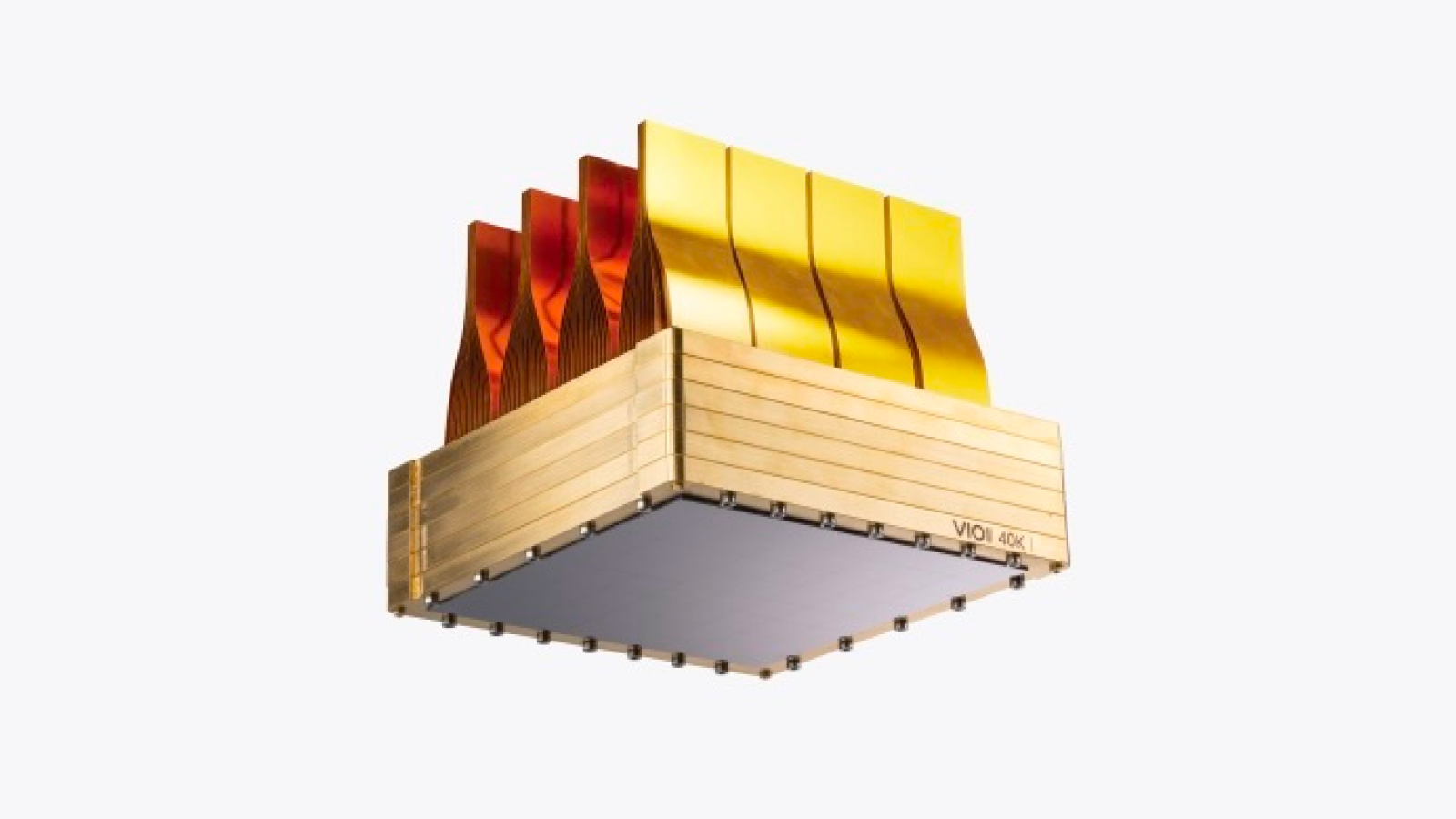In this digital age, our fingers have learned to love touch screens. They provide an easy, intuitive way to navigate our devices to make them do our bidding. But so far, our fingers haven’t felt any love in return. All glass screens feel the same — they take, but as far as the sensory experience goes, they don’t give back.
The closest you get to finger feedback with most touch screens today comes from mechanical actuators that vibrate the screen when your fingers touch it. You feel a slight vibration, but nothing more.
That all may change when devices employing TeslaTouch come to market. (But don’t confuse this technology with Elon Musk’s 100 mph Tesla Roadster that carries a $100,000 price tag — the only thing the two Teslas have in common is electricity.)
TeslaTouch is a new touch screen technology being developed by a Disney Research team at Carnegie Mellon University in Pittsburgh. This type of tactile feedback is called electrovibration because it uses electrical charges rather than a mechanical device to create a localized sensation of vibration and friction.
TeslaTouch lets your fingers actually feel what the screen shows. When you move a file on the screen with your finger, you can feel how big it is. Because TeslaTouch can provide a wide variety of tactile(or haptic) sensations such as textures, friction and vibration, Disney calls it the “future of feel.”
The idea for TeslaTouch was hatched by senior research scientist Ivan Poupyrev, the Disney team’s research lead. His colleagues Olivier Bau and Chris Harrison worked on research and development while a third team member, Ali Israr, ran psychophysics experiments to estimate how people perceive tactile sensations using this technology.
The technology is named after Nikola Tesla, a Serbian polymath whose work revolutionized the field of electromagnetism.
Get the world’s most fascinating discoveries delivered straight to your inbox.
“I have always been fascinated by his high-voltage experiments,” said Poupyrev. “In this technique we are using relatively high voltage. That is why I called it TeslaTouch.”
A crucial sense
A sense of touch is a combination of sensations evoked by stimulating the skin and it is crucial for our interactions with the world around us.
“Designing pleasant tactile sensations and effectively matching them with visual feedback so that it feels nice and intuitive to the user requires a lot of know-how that we had to develop,” Poupyrev said.
A virtual keyboard on a touch screen equipped with TeslaTouch would allow users to feel the location of the keys and learn how to touch type. When users click on a file to drag it into a folder, they would be able to feel the weight or size of the file and know when it had successfully reached its destination. Larger files such as movies could also be made to feel heavier than smaller text files. Artists drawing on their touch devices could feel paint and paper.
“When we roll a pencil in our fingers, we can very quickly and precisely re-adjust the 3-D positions and grasping forces of our fingers by relying entirely on tactile sensation,” Poupyrev said. “It also allows us to understand fine object properties where vision fails; textures and tiny surface variations can be accurately detected by touch. Touch has also strong emotional impact — running a finger into a splinter, touching a cat's fur, or immersing fingers into unknown sticky substance all bring intense, though very different, emotional responses.”
Currently, he said, TeslaTouch only works to provide tactile feedback for a sliding finger, not a finger at rest, and it does not work with multiple fingers — so multitouch capabilities such as that found on the iPhone is out of the question for now.
From smartphones to tablets
According to Disney, TeslaTouch could be incorporated into a broad range of platforms, from small handheld devices to large multitouch collaborative surfaces.
“The technology can be effectively used for any application where a touch screen is used,” Poupyrev said. “It can add tactile feedback to smartphones that are based on touch-screen interaction only. We are investigating effective techniques to encode various haptic properties using TeslaTouch. We are discussing ways to commercialize the technology, but at this point it is too early to talk about it. “
TeslaTouch will be demonstrating live at the 2011 International Consumer Electronics Show (CES).
- 11 Technologies in Danger of Going Extinct
- ‘Imaginary’ Interface Could Replace Screens and Keyboards
- New Technology Brings Blind Computing into 21st Century
Reach BusinessNewsDaily senior writer Ned Smith at nsmith@techmedianetwork.com. Follow him on Twitter @nedbsmith.


